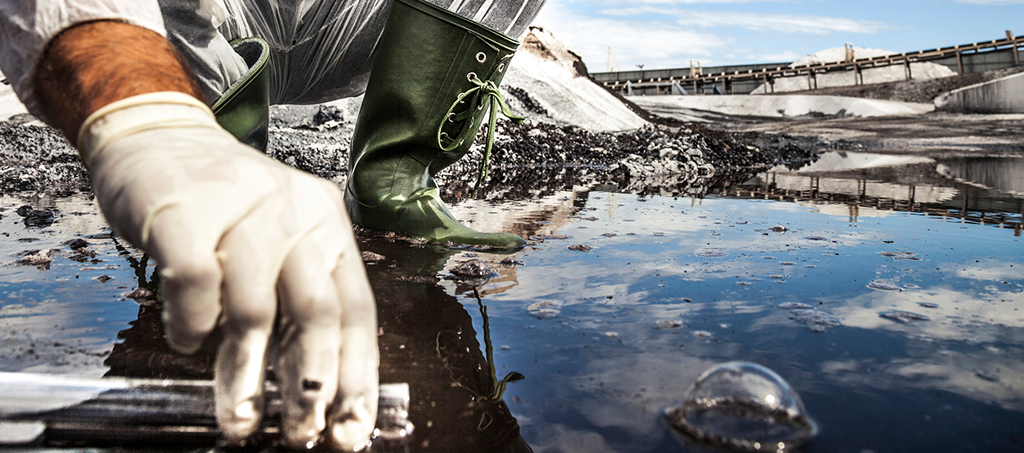Water Quality Partnership

The growth and development that has occurred within Franklin County over the past 75 years has not always been implemented in the most orderly manner possible. In decades past, the issues of pollution and groundwater were less of a priority. It was perceived at the time that clean drinking water would always be plentiful and that treatment of sewer discharges in rural developments through home septic and leach field systems was adequate to the task at hand. During the past 20 years, however, urban growth and lifestyle changes have placed increasing demands on these outdated systems.
Throughout Franklin County, including areas within the City of Columbus, there are neighborhoods now experiencing the effects of the demands that are being placed upon these obsolete sewage systems. The most critical concerns deal with health issues resulting from contaminated ground and surface water.
Franklin County's Water Quality Partnership (WQP) program was initiated to address these serious public health issues by forming partnerships with local townships and villages. Initial discussions began in 1986 with groups from around Franklin County to address individual concerns related to pollution from failing septic and aeration systems. The affected areas were initially identified as "pockets of pollution."
The concern and awareness level peaked in 1992 when officials from both the city and county boards of health convened a health summit to address these issues. This gathering brought together community health leaders from Franklin County, the City of Columbus, officials from the state health department, the Ohio EPA, and various citizen's groups representing environmental issues. The consensus of that health summit was that the pollution problem was far more dangerous than first expected.
For Franklin County, the continuing effort to address these health and environmental issues began in earnest in 1994 with a project in Prairie Township called the Emmit/Mix sewer project. This $1.2 million project was completed in 1996 and resolved the most serious pollution problem in the township with over 145 households connected into central sewer. In 1997, the Franklin County Commissioners, under orders from the Ohio EPA, began the Cleveland Heights sewer improvement in Blendon Township. This $2.1 million project was completed in 1999 with 124 households and businesses connected into central sewer in the Morse Road/Cleveland Avenue area. With the completion of these two projects, the commissioners had resolved two of the 24 known areas in Franklin County that were on the list identified in 1992 as most critical.
In a joint effort between the City of Columbus and Franklin County, a third area known as Marsdale was sewered and eliminated from the original list of 24. This area of Marsdale Avenue was on the initial list of both boards of health as an area of great concern. That project began in late 1999 and was completed in 2000 with over 20 homes and businesses connected into central sewer along Marsdale Avenue and Brown Road in Franklin Township.
In the Darbydale community, the County constructed a wastewater collection and treatment facility and connected area households into the new sanitary sewer system. The Village of Harrisburg and the Timberlake Subdivision have recently been connected to the Darbydale system.